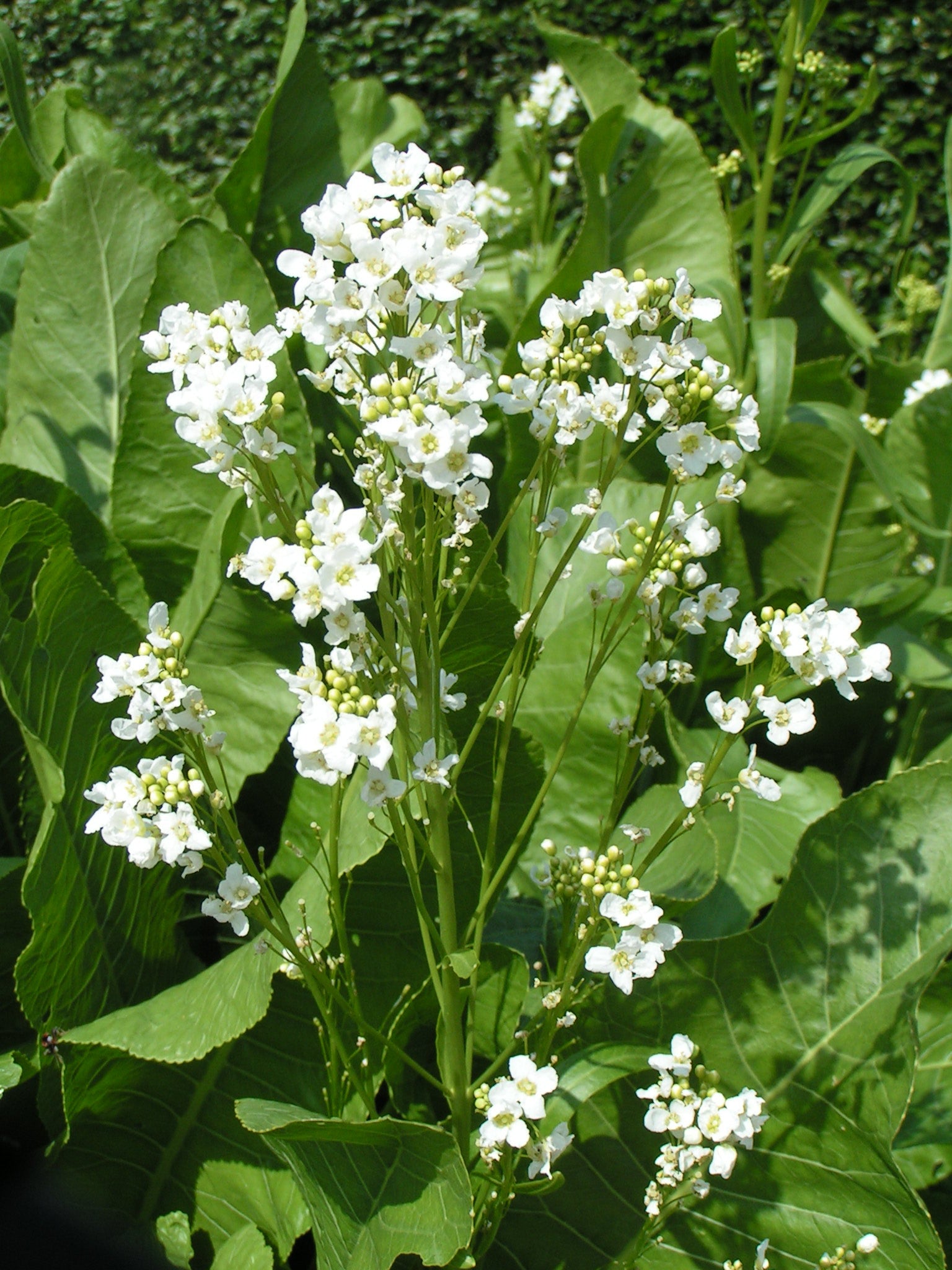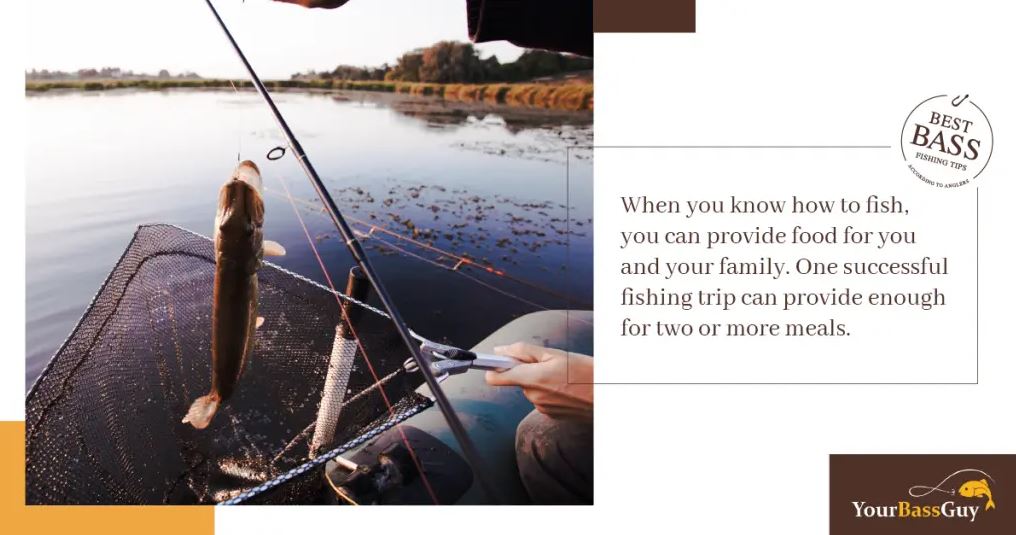
Wild Edible of the Week - Week 2 - "Horseradish"
Botanical name : Armoracia Rusticana
Common name : Horseradish

Physical appearance : A medium sized perennial with large, slightly toothed, wavy, dock like leaves. Grows up to 3 foot in height.
Edible parts : Roots - Most likely you will need a spade as the roots can be buried fairly deeply.
Best places to find : Roadsides, railway embankments, waste ground.
Time of year : All year round although older plant roots get "woody" and loose their nutritional value and pungency/flavour. Ideally this should be harvested in late Summer.
Serving suggestions :Ideally, the roots should be extracted intact and then peeled to reveal the white inner flesh. Once, finely grated, this can be mixed with cream and powdered mustard to produce a delicious sauce which is a great accompaniment to fish and meat.
NB - Please be sure you know what you are picking. Many plants look similar to one another and many can be poisonous! Please seek professional instruction if you are unsure!
Photo courtesy of Pethan via https://creativecommons.org/licenses/by-sa/3.0/deed.en

